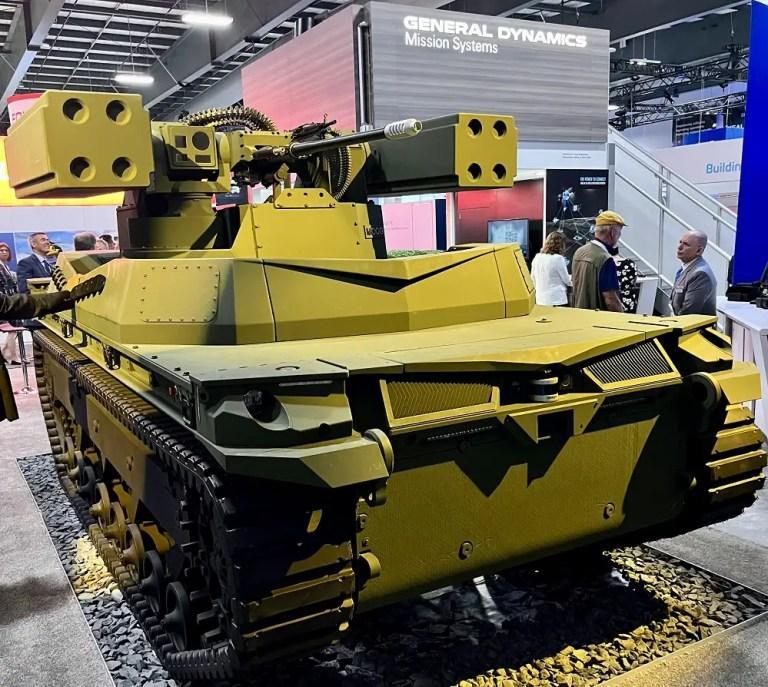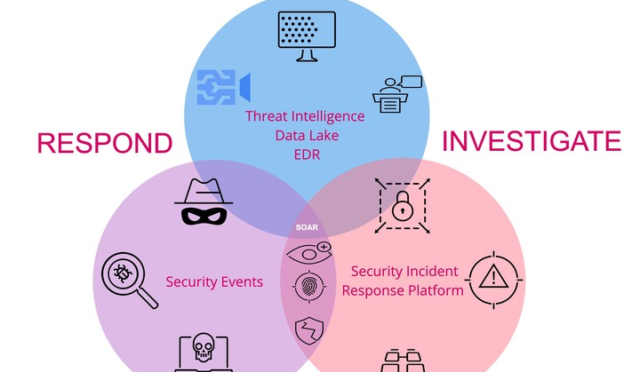Robotic Land Platforms: French Defense Advances 2030-2035
The French defense procurement agency, known as DGA, has taken a significant step forward in military technology by signing a framework agreement with KNDS France and Safran Electronics & Defense. This agreement, titled DROIDE, will span seven years and is set to explore advanced technologies for robotic land platforms from 2030 to 2035.
In a press release, the DGA emphasized the importance of these developments, stating that capacity considerations necessitate the acceleration of remotely operated systems. The mission spectrum for these systems is expected to widen, particularly in complex terrestrial environments, reflecting the strategic need for innovation in military operations.
Enhancing Combat Capabilities
The primary objective of these robotic platforms is to bolster the effectiveness of combat units while reducing the risk faced by soldiers in the field. During the duration of the DROIDE framework, critical technologies for land-based robotic systems will be developed, ultimately leading to the creation of a multi-mission robotic demonstrator.
This initiative also opens the door for collaboration with third-party partners, allowing for a diverse range of innovations to contribute to the project. Such partnerships are expected to enhance the technological advancements in robotic systems, ensuring that the French military remains at the forefront of defense capabilities.
Building on Previous Projects
The DGA’s commitment to robotic technology is not new; Safran Electronics & Defense has been actively involved in developing robotic platforms under the existing FURIOUS program. This program has seen the creation of a modular architecture that enables autonomous operation for both crewed and uncrewed land vehicles.
In late 2021, Safran successfully conducted field trials with three different land platforms utilizing this innovative architecture. Following these trials, the company received a three-year optional contract in 2022 to further optimize the system. This includes enhancing autonomous functionalities such as tracking passage points and navigating complex environments, which are crucial for operational success.







